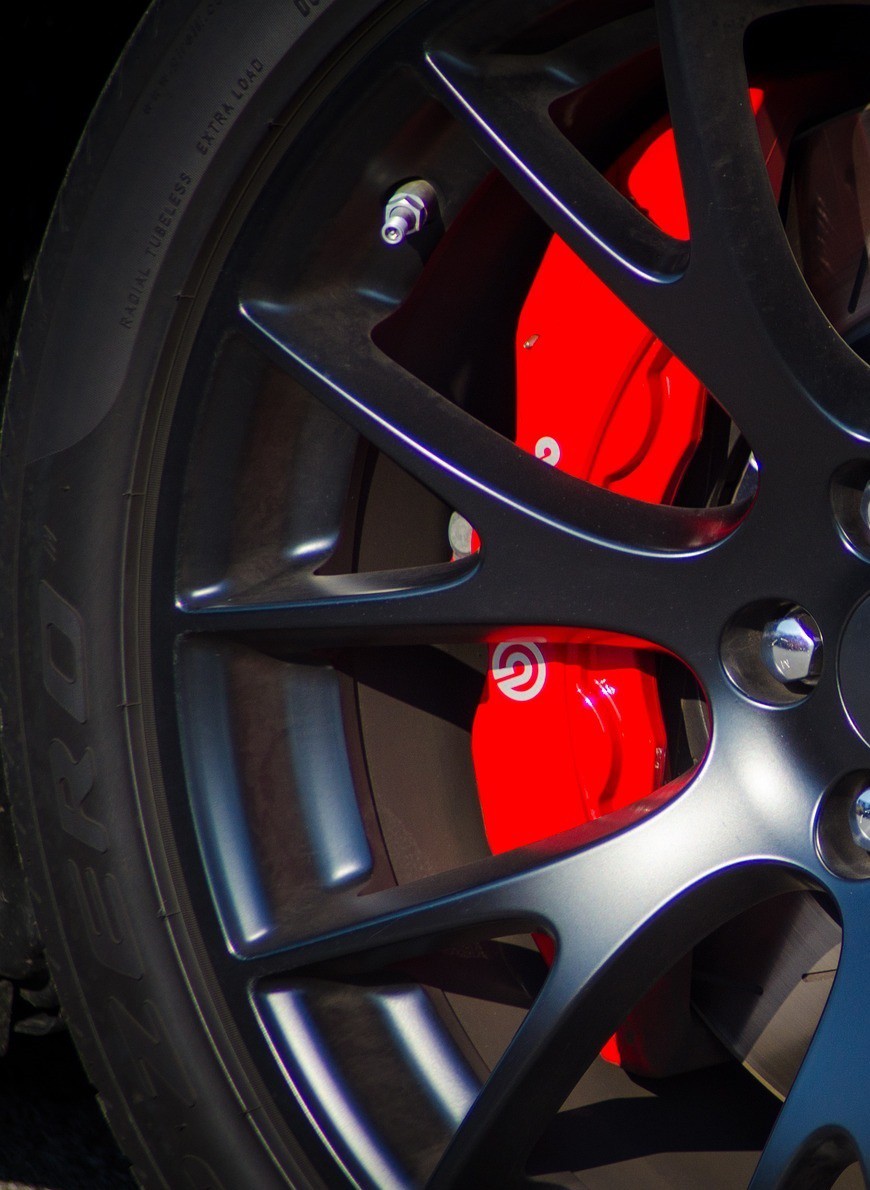How will brake design for electric vehicles change?
23/11/2022
Given the high weight and high performance of premium BEVs, how will brake design change this decade?
The historical approach of "more is better" is no longer valid. Brake energy recuperation in BEVs can provide a good portion of the desired braking energy. Since recuperation can only provide some 3 m/s² or 0.3g of deceleration in most cases, which is about 30% of the current maximum friction braking power, we will probably have to live with friction and recuperation braking for a long time to cope with emergency braking performance legally required to be far higher. In practice however, braking will not exceed a value of 3 m/s², which means that deceleration due to recuperation will be sufficient to slow down the vehicle in most cases.This has significant implications for brake design:
Phone +49 6201 9915 60, Holger.Richter@SchlegelundPartner.de © Schlegel und Partner 2022
- In most cases, BEV brake failure is not due to brake pad or disc wear, but to corrosion. Corrosion protection is therefore the primary design objective in future. This can be achieved by e.g. using ceramic coatings and encapsulating the braking process in a drum brake.
- Less frequent braking also allows for brake designs with lower heat storage capacity. This can lead to smaller brake pads, thinner discs and the use of light alloys or ceramic coatings.
- This trend also contributes to lighter brakes that improve comfort by reducing unsprung mass.
Phone +49 6201 9915 60, Holger.Richter@SchlegelundPartner.de © Schlegel und Partner 2022